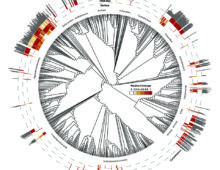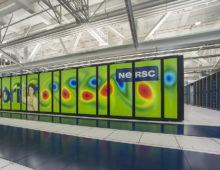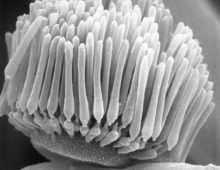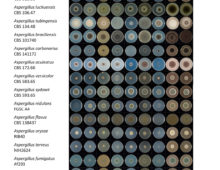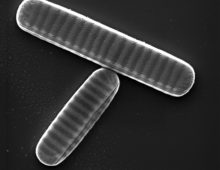DOE User Facilities Partner for Greater Scientific Impact
EMSL and DOE JGI announce FY 2018 FICUS projects Two Department of Energy user facilities, the Environmental Molecular Sciences Laboratory (EMSL) and the Joint Genome Institute (JGI), have selected 14 proposals from a joint call for 2018 research under the Facilities Integrating Collaborations for User Science (FICUS) initiative. This was the fifth FICUS call between EMSL… [Read More]
